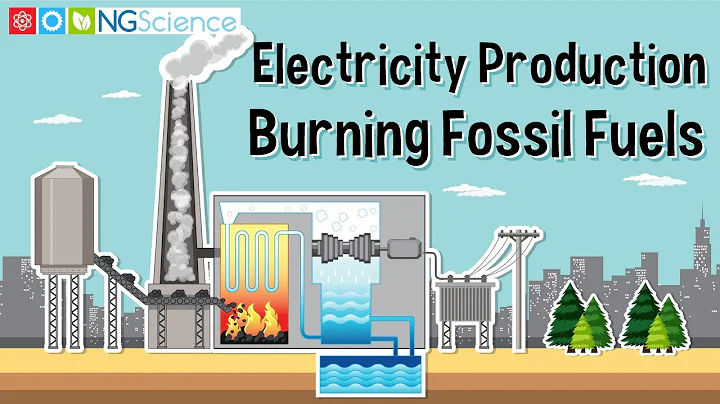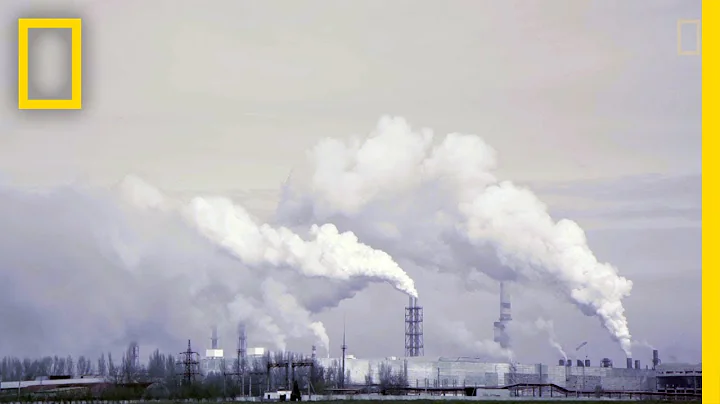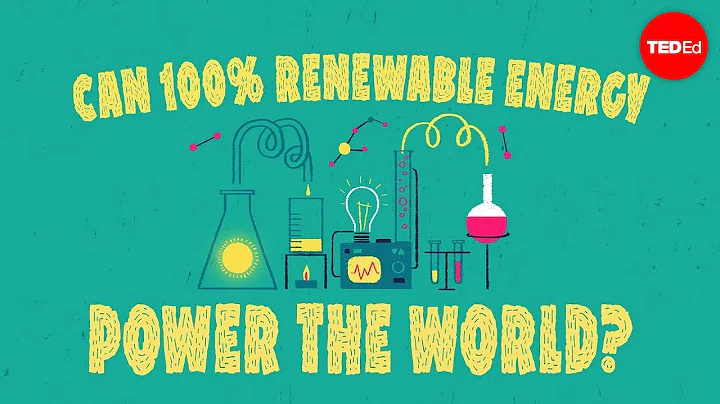As we all know, the fires used in our country, whether in households or in the catering industry, are mainly coal, natural gas , and liquefied gas. With the development of science and technology, environmental problems have become increasingly prominent. With the promulgation of the national "Coal Ban Order", it is required that any unit or place is prohibited from storing and hoarding coal and coal products. This has given an opportunity for new energy kitchen fuels to gradually enter the market. What are the new energy kitchen fuels? What are the characteristics and functions of new energy fuels?

New energy kitchen fuel includes the following:
Methanol fuel: Methanol fuel, also known as alcohol-based fuel, is one of the earliest new energy fuels. Methanol fuel is an internationally recognized clean fuel. Methanol is an oxygen-containing compound. Its combustion emission ratio The harmful substances generated by coal combustion are significantly reduced, but because methanol fuel is flammable and easy to burn, in 2018, for better control, methanol was classified as a hazardous chemical, and the popular methanol fuel came to an end.

Alcohol-free fuel: As long as the fuel does not contain alcohol products, it is called alcohol-free fuel. This range is relatively large. We subdivide it into the following categories:
① White oil: also known as light white oil, is made of Produced by the National Ningxia Coal Group, the white oil is water-white in color, just like pure water, without any impurities, and has a higher calorific value than other products. Compared with the previous methanol fuel, the calorific value is twice that of the previous methanol fuel, with a flash point of 80, so it is suitable for open flames. It cannot be ignited, it burns fully, and the combustion process is smokeless, odorless and carbon-free.
② Butter : The color is yellow and has a pungent smell. Many people use this fuel as kitchen fuel. In fact, this is wrong. This fuel can be burned as industrial boiler because there is smoke. The smell is pungent when burned. Of course, if you use it outdoors and the space is relatively open, there will be no smell when used.
③ Composite fuel oil: It is a derivative of white oil. The calorific value of 10,000 is slightly lower than that of white oil. Except for the calorific value and color, it is basically the same as white oil. It burns smokeless, odorless and without carbon deposits.

④ fatty acid methyl ester : also known as methyl ester fuel, biomethyl ester fuel, light yellow in color: the product of ester exchange of oil and fat with methanol, or the esterification product of fatty acids from oil and fat with methanol. The fats here can be animal fats, such as lard and butter, or vegetable fats, such as soybean oil, palm oil, coconut oil, castor oil, etc. However, due to the relatively high cost of raw materials and other issues, this type of fuel is currently rarely used as a kitchen fuel in the market. What is said on the market as this type of fuel is basically false.
As traditional fuels gradually decrease, many people are interested in it. There is a huge market for kitchen fuels, so this is why there are all kinds of new energy kitchen fuels on the market now.
New energy kitchen fuels are mainly used to replace traditional fuels. Fuels have specific needs, so whether you are a terminal or a seller, in When choosing, you should choose which fuel to operate based on your own customer group.





















